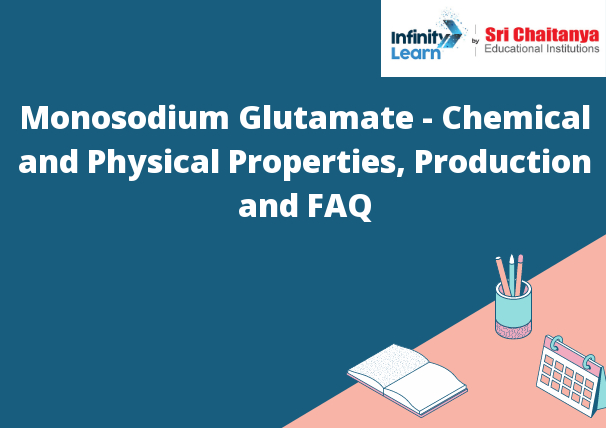Table of Contents
MSG: monosodium glutamate
MSG is a food additive that is used to enhance the flavor of food. It is a form of glutamate, which is a naturally occurring compound in food. MSG is made by combining glutamate with sodium.

Chemical Properties of MSG
- MSG is a sodium salt of the amino acid glutamate.
- It is a white, crystalline powder that is soluble in water.
- MSG has a slightly salty taste and is used as a flavor enhancer.
- It is used in foods such as Chinese food, canned soups, and potato chips.
- MSG is also used in the food industry as a preservative.
Physical Properties of MSG
- MSG is an amino acid that is used as a food additive.
- It has a number of physical properties that make it useful as a food additive.
- It is a white powder that is soluble in water.
- It has a slightly bitter taste and a slightly salty taste.
- It is also a flavor enhancer.
Understanding How is MSG Produced
- MSG is a food additive that is produced through the fermentation of sugar. The sugar is combined with a bacteria called “Xanthomonas campestris” which breaks down the sugar and produces the MSG.
- MSG is a flavor enhancer that is produced through a fermentation process. The process begins with starch, which is broken down into sugar.
- The sugar is then fermented with a specific type of yeast, which creates a compound called glutamate. This glutamate is then processed to create MSG. MSG is used to enhance the flavor of food, and it is also a preservative.
MSG Monosodium Glutamate Other Names
- MSG is a flavor enhancer that is used in many processed foods, such as chips, canned soups, and frozen dinners. MSG is made from glutamic acid, which is an amino acid.
- MSG is a flavor enhancer that is made from glutamate, a type of amino acid. It is used to enhance the flavor of food by making the food seem more savory. MSG has been used for many years, and is a common ingredient in many foods. It is also available as a powder that can be added to food. MSG is a salt, and it is usually sold in the form of a white powder.
- There are several other names for MSG, including monosodium glutamate, glutamate, and Ajinomoto. MSG is also available in a number of different forms, including a liquid, a tablet, and a powder. MSG is used to enhance the flavor of food, and it is also used as a preservative.
- MSG is a safe ingredient that is approved by the FDA. It has been used for many years, and there is no evidence that it is harmful to humans. However, some people claim that MSG can cause adverse health effects, such as headaches and nausea. There is no scientific evidence to support these claims, and the FDA has concluded that MSG is safe for human consumption.






